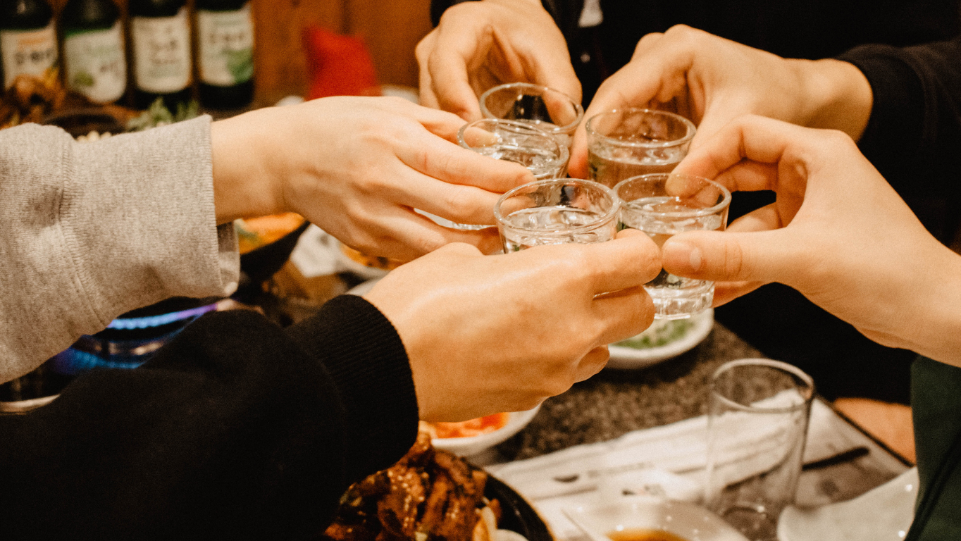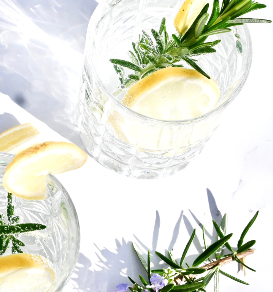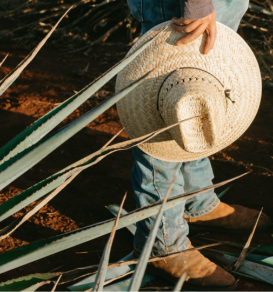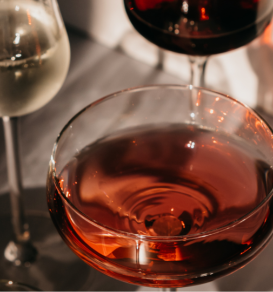The Evolution of Tequila
What’s the Difference Between Soju and Shochu?

At first glance, soju and shochu might seem interchangeable — they’re both clear, distilled spirits from East Asia, often served with meals and consumed in small glasses. But despite their similarities in appearance and alcohol content, these two spirits have distinct histories, production methods, and cultural contexts that set them apart. Let’s break down the key differences between soju and shochu.
What’s the Difference Between Soju and Shochu?
At first glance, soju and shochu may appear nearly identical: clear spirits, similar bottles, and relatively low alcohol content. But dig a little deeper, and you’ll discover that these two East Asian staples are rooted in different cultures, crafted with unique techniques, and offer distinct flavor profiles worth exploring.
Soju is Korea’s national spirit, with a history dating back to the 13th century. It’s commonly made from rice, wheat, or barley, but in modern production, sweet potatoes or even tapioca are often used. Today’s commercial soju (think brands like Jinro or Chamisul) is typically diluted to a lighter 16–17% ABV and slightly sweetened, making it easy to sip straight and ideal for social drinking alongside food.
In contrast, shochu comes from Japan, where it has been produced since at least the 16th century. Shochu is more diverse in its base ingredients — ranging from rice (kome), barley (mugi), and sweet potato (imo) — each lending a different character to the final spirit. It’s generally single-distilled, which preserves more of the base ingredient’s natural flavors. Shochu tends to hover around 25% ABV, and while it’s enjoyed straight or on the rocks, it’s also traditionally mixed with cold or hot water or used in simple cocktails.
The production methods also differ. Most commercial soju is distilled multiple times, resulting in a neutral spirit that is then diluted and flavored for a smooth, clean finish. Shochu, however, is often categorized into two styles: kōrui shochu, which is column-distilled and more neutral (similar to vodka), and otsurui shochu, which is pot-distilled and more aromatic, offering an earthier, more complex drinking experience.
Soju’s flavor is typically light and slightly sweet, making it a crowd-pleaser for casual sipping, especially with Korean BBQ or fried food. Shochu, on the other hand, tends to be drier and more savory, with notes that reflect its base — nutty from barley, floral from rice, or earthy from sweet potato — pairing well with grilled fish, pickled vegetables, and other umami-rich dishes.
In short, while soju and shochu may share a similar look, they reflect two distinct traditions. Soju is lighter, sweeter, and often consumed as a social drink, while shochu offers more variety in style and a deeper connection to its ingredients. Both deserve a spot on your bar cart—not just for their cultural significance, but for the versatility they bring to the glass.
RELATED


